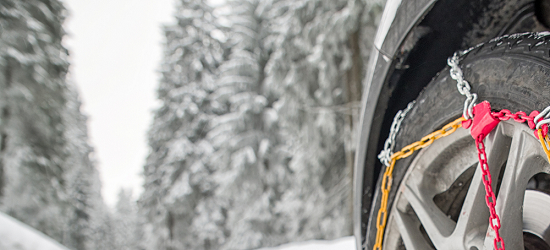A new series of European standards addresses the material efficiency of energy-related products
The transition towards a Circular Economy is widely considered as a necessary step to address the challenges related to the creation of a more sustainable economy. European Standards (ENs) are essential complementing tools that support the implementation of EU legislation, as well as the climate and energy targets, by promoting best practices, improving energy efficiency, safety and providing tools to optimize installations and systems.
In the field of Ecodesign (2009/125/EC) and Energy Labelling (2017/1369/EU), CEN and CENELEC produce European Standards that provide dedicated methods for measuring the energy performance of various energy-related products against the compulsory values and thresholds laid down in the Regulations adopted by the European Commission.
The eight standards were published over the course of 2019 and 2020 by CEN-CENELEC Joint Technical Committee 10 on Energy-related products - Material Efficiency Aspects for Ecodesign (CEN-CLC/JTC 10), whose Secretariat is held by NEC, the Dutch Electrotechnical Committee. They are:
EN 16662-1:2020 a new step for road vehicles safety
The European Committee for Standardization (CEN), recently released the standard EN 16662-1:2020 ‘Road vehicles - Supplementary grip devices (SGD) for tyres of passenger cars and light duty vehicles - Part 1: General safety and performance requirements’.
For the first time, a European standard defines testing methods to ensure both operational and passenger safety and a minimum quality of performance on snow and ice for all devices, independent of their material and construction. It applies to all types of Supplementary grip devices (SGD - metallic, textile, hybrid), such as snow chains, snow socks or hybrid devices. Requirements of construction, wear, performance and comparison tests on snow and ice will allow the manufacturers to qualify their products and ensure operational safety and best quality to the end user.
EN IEC 62645:2020 protects the cybersecurity of nuclear power plants
The risk of cybersecurity threats on computer-based equipment and programmable logic devices used in industrial installations is always topical. In particular, IT equipment has been widely implemented also in nuclear power plants (both existing and newly built ones) to perform operational and safety functions. Therefore, the protection of nuclear power plants against cybersecurity threats is of particular importance to ensure plant safety and operation.
The IEC Subcommittee 45A (IEC – TC 45/SC 45A) on ‘Instrumentation, control and electrical power systems of nuclear facilities’, which is mirrored at European level by CLC/TC 45AX ‘Instrumentation, control and electrical power systems of nuclear facilities’, whose Secretariat is currently held by AFNOR, has been developing a cybersecurity standards framework. This framework is based on the ISO/IEC 27000 series and the security series of the International Atomic Energy Agency (IAEA).








